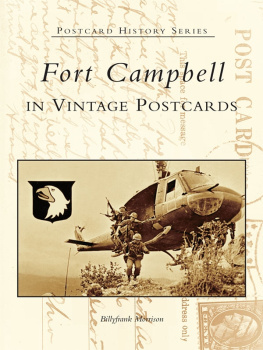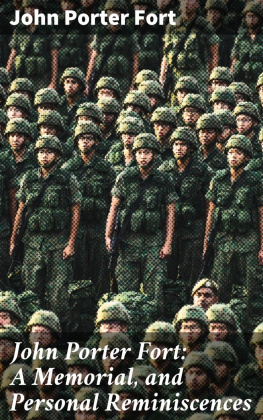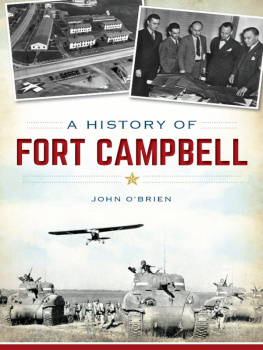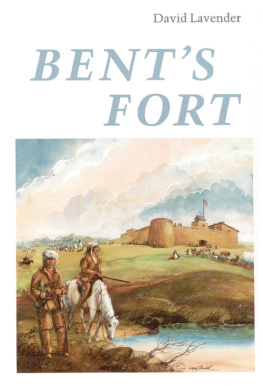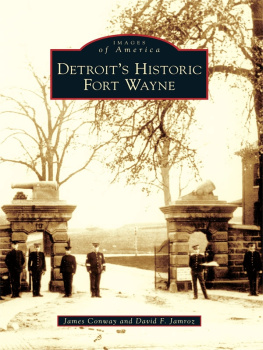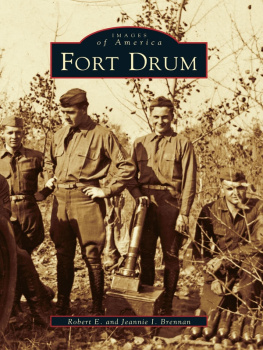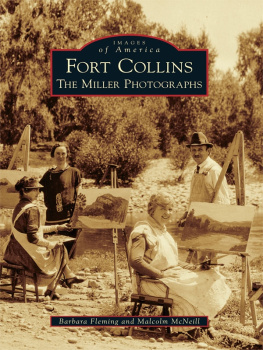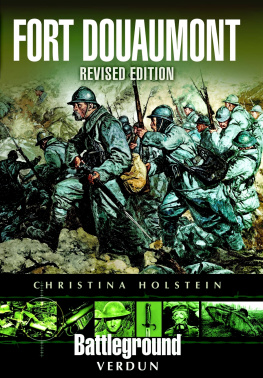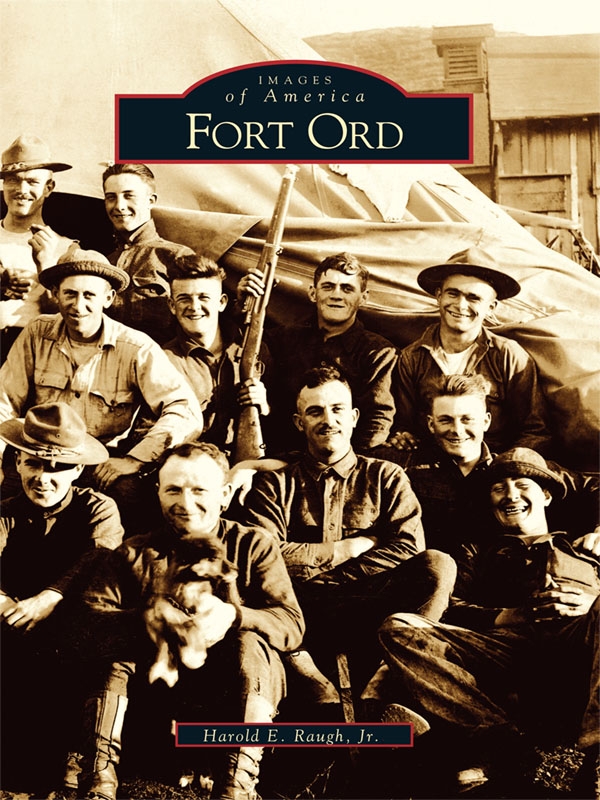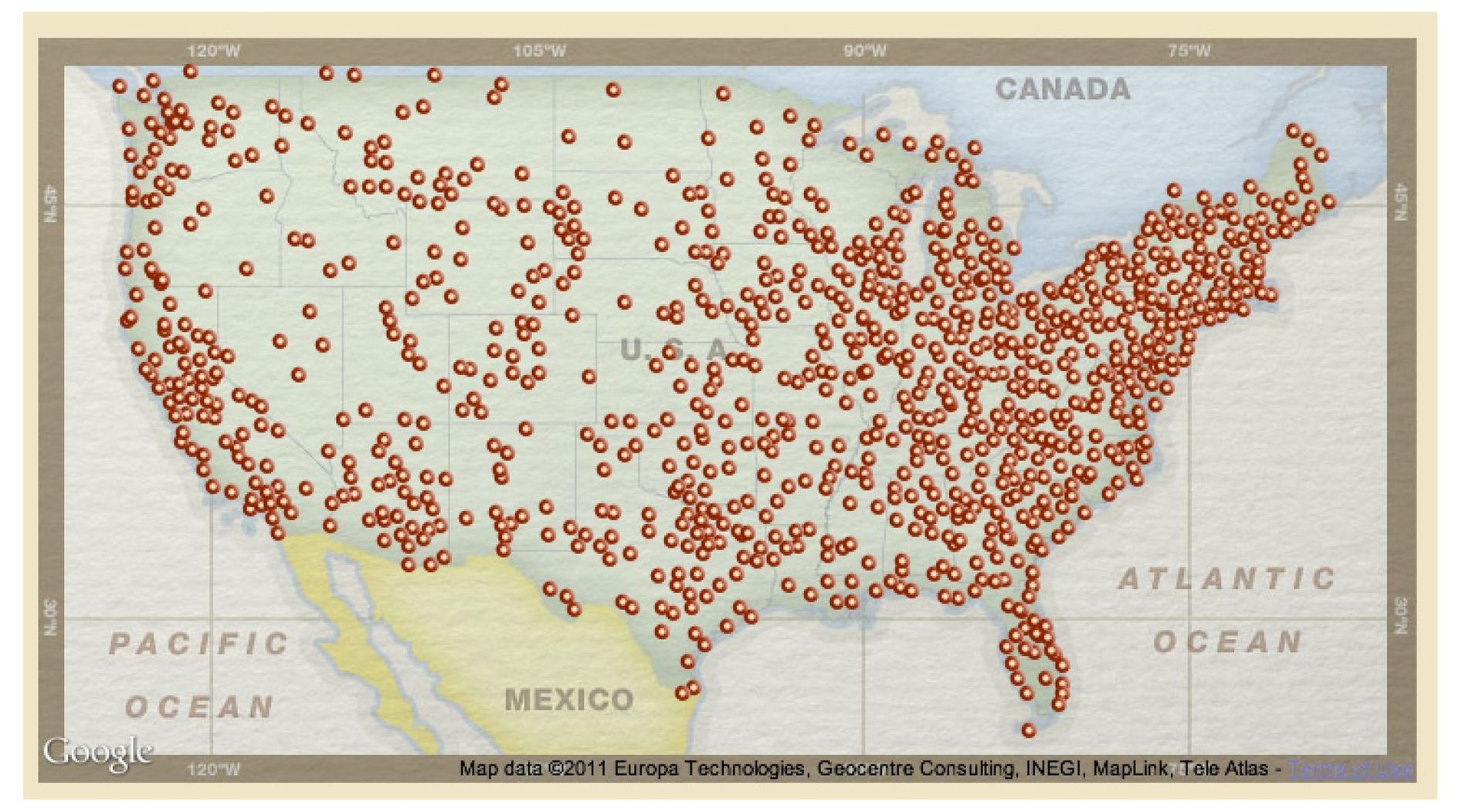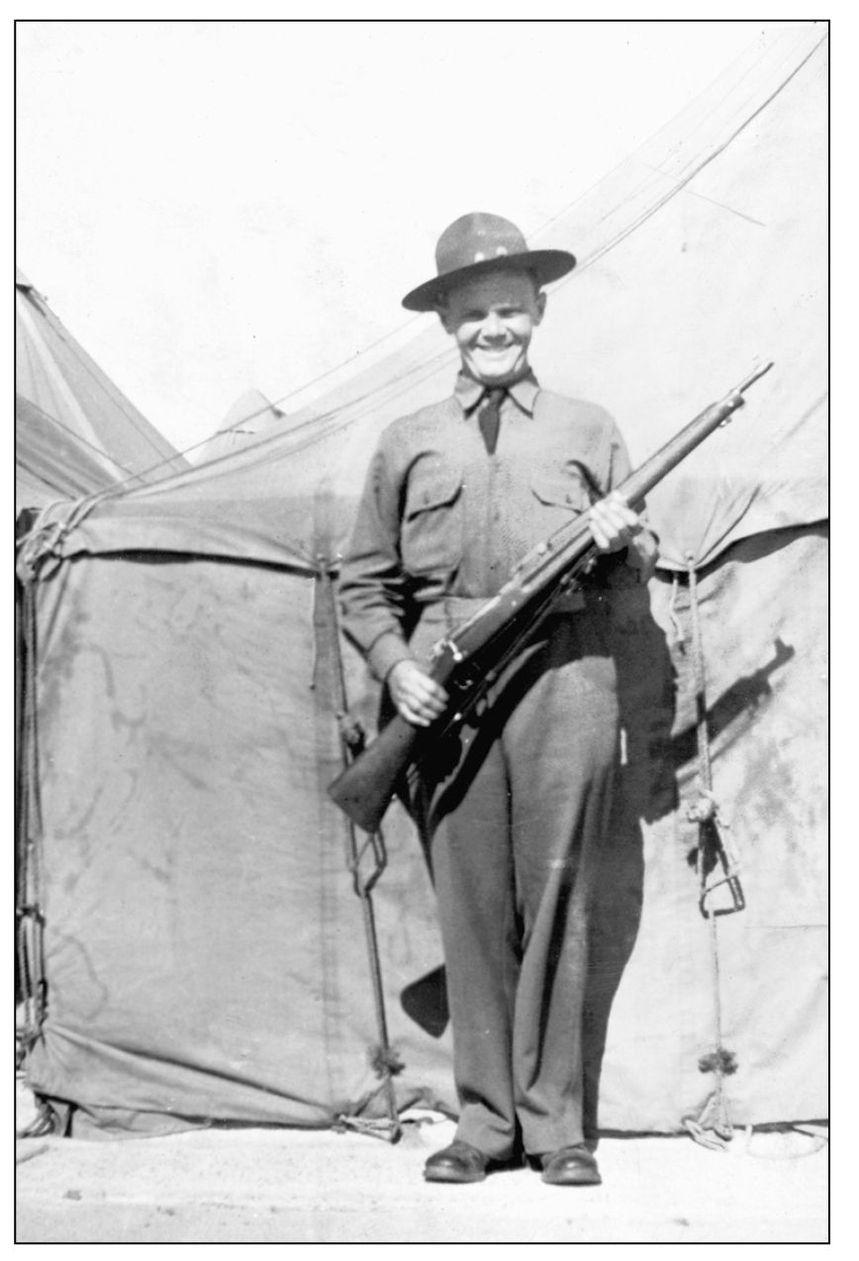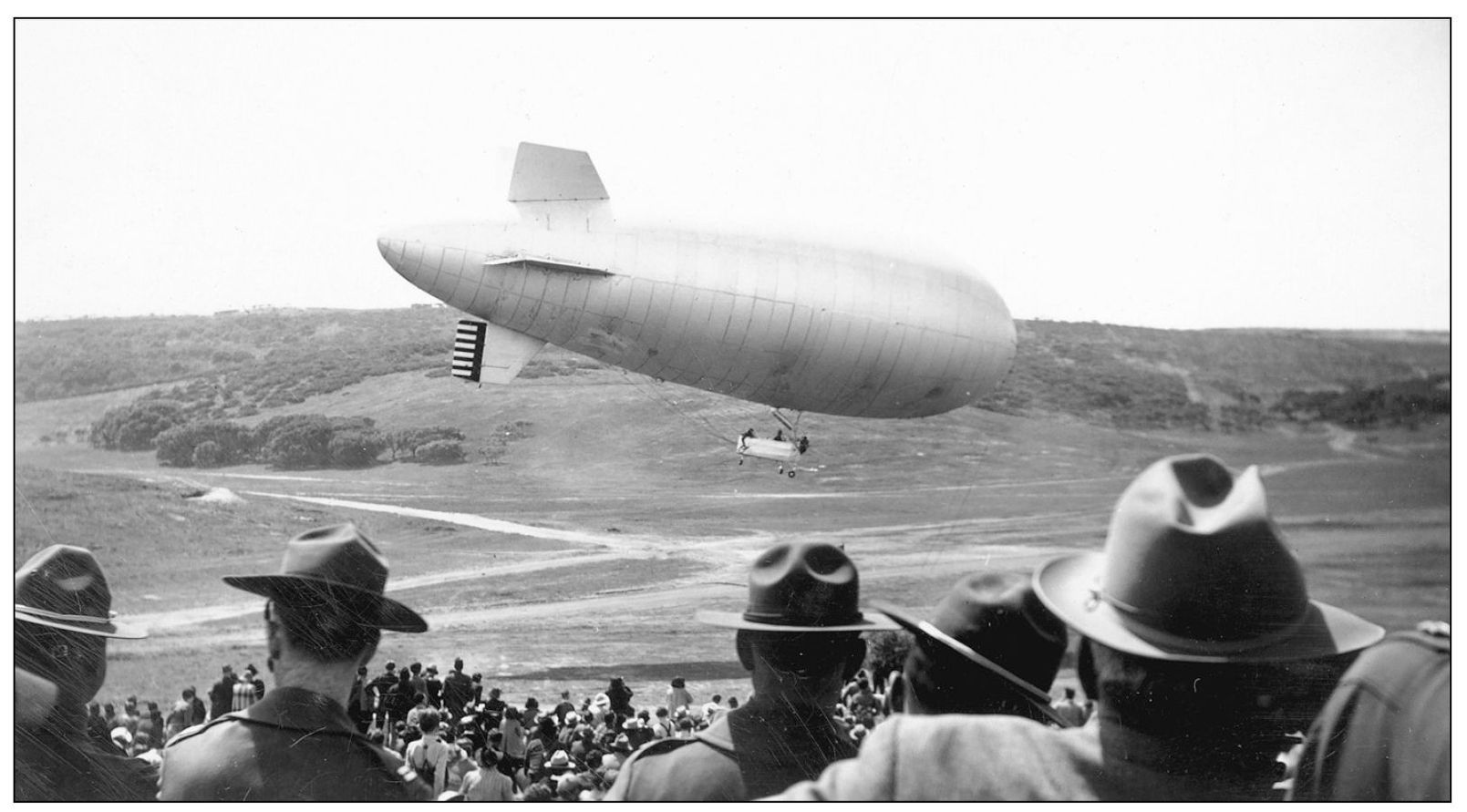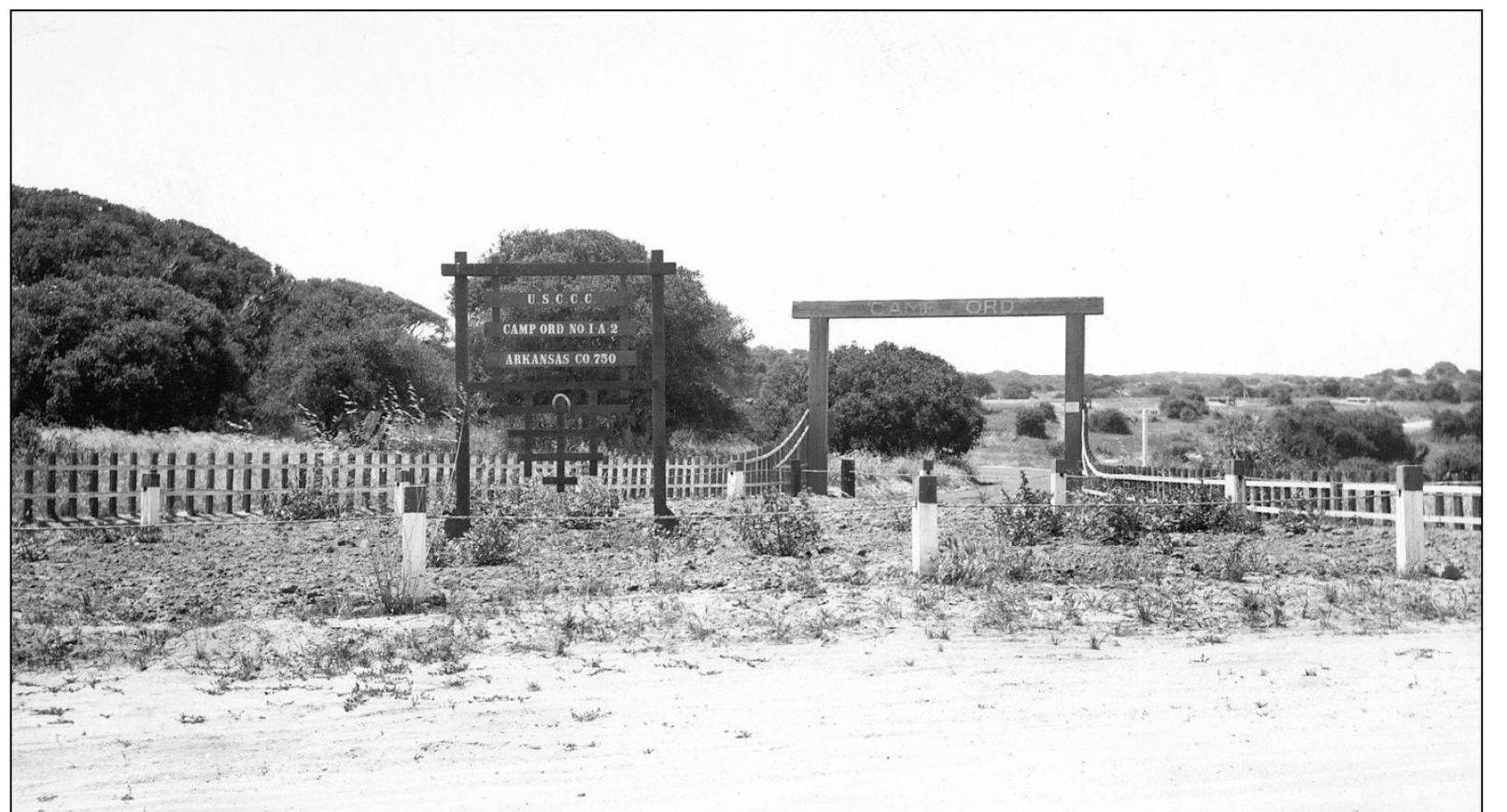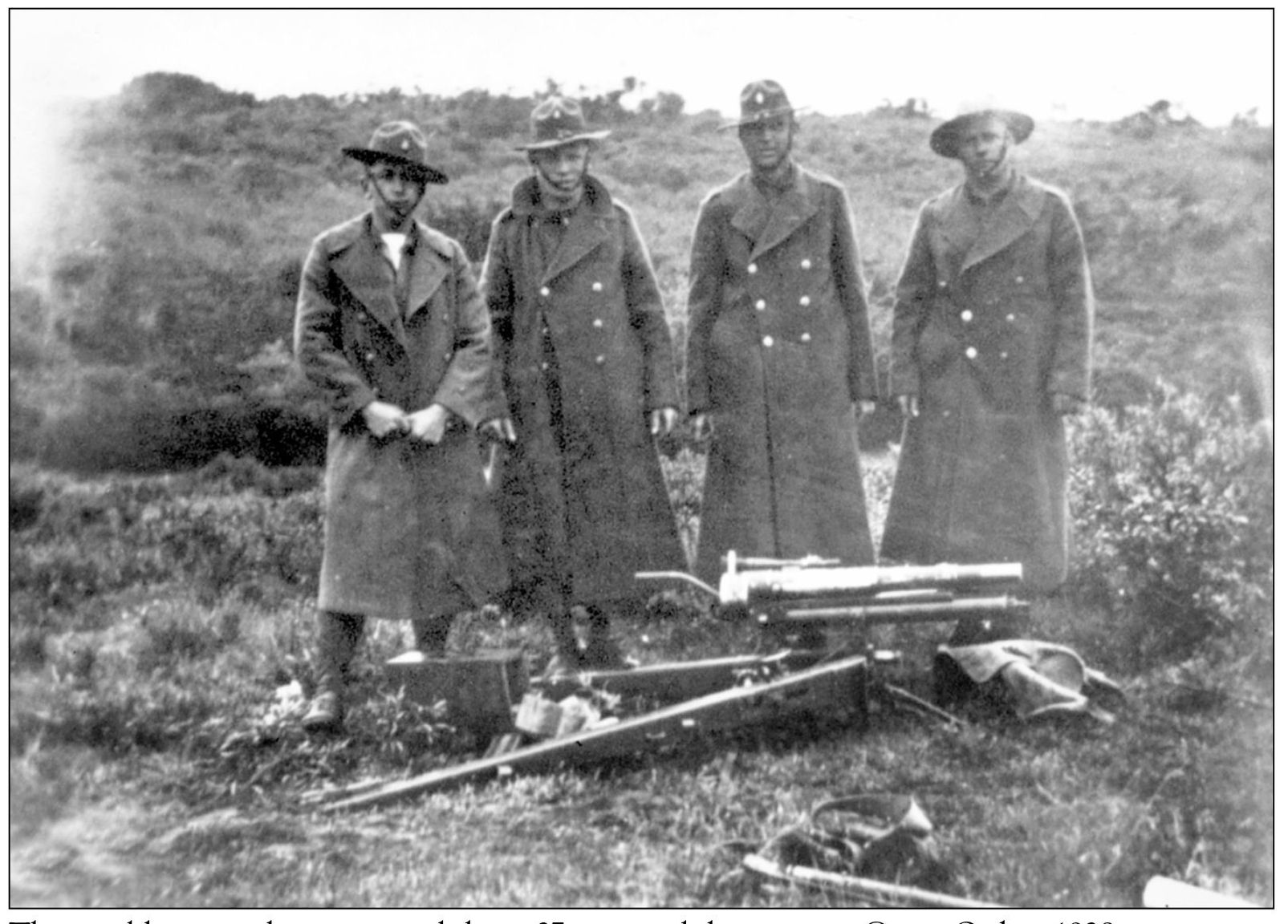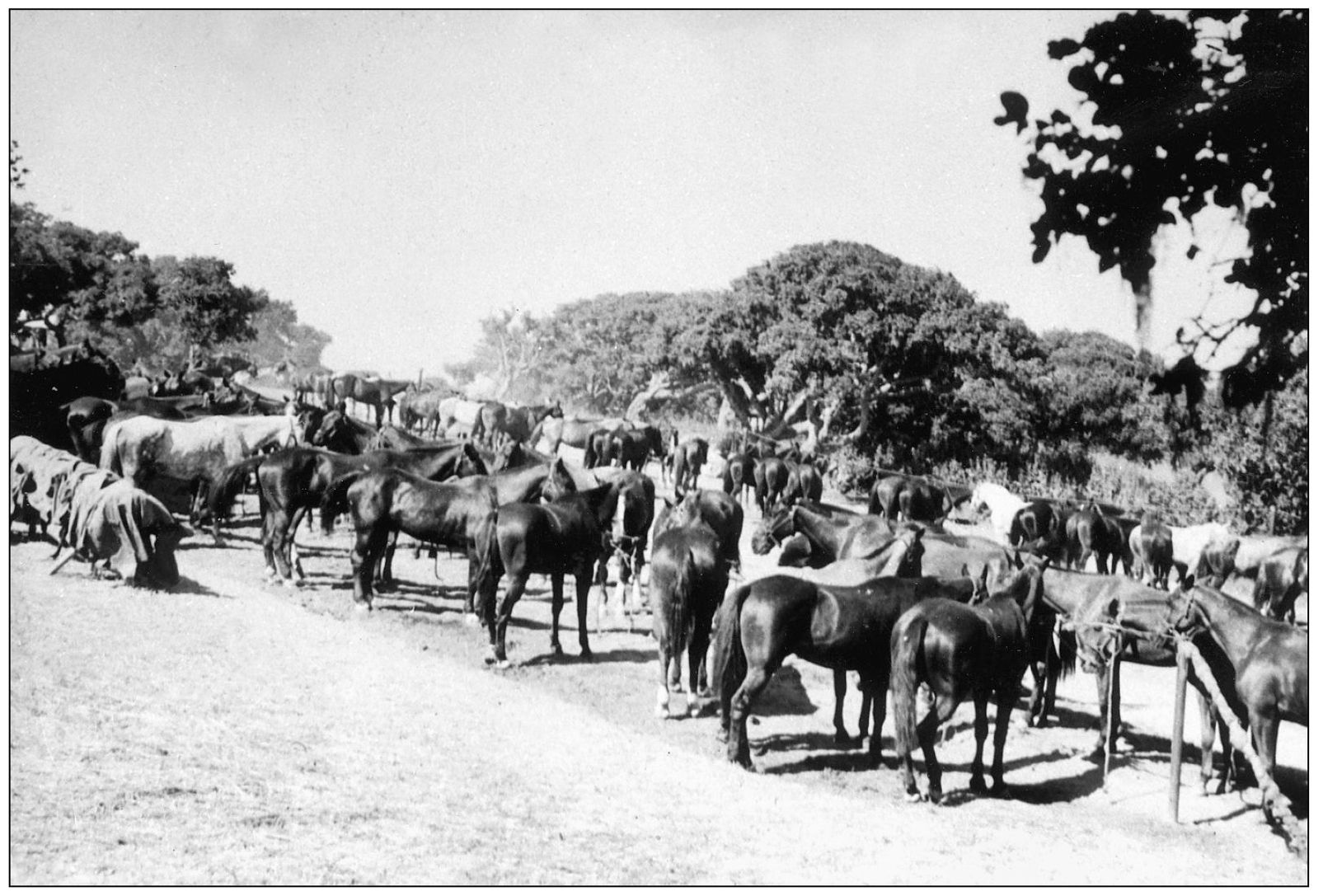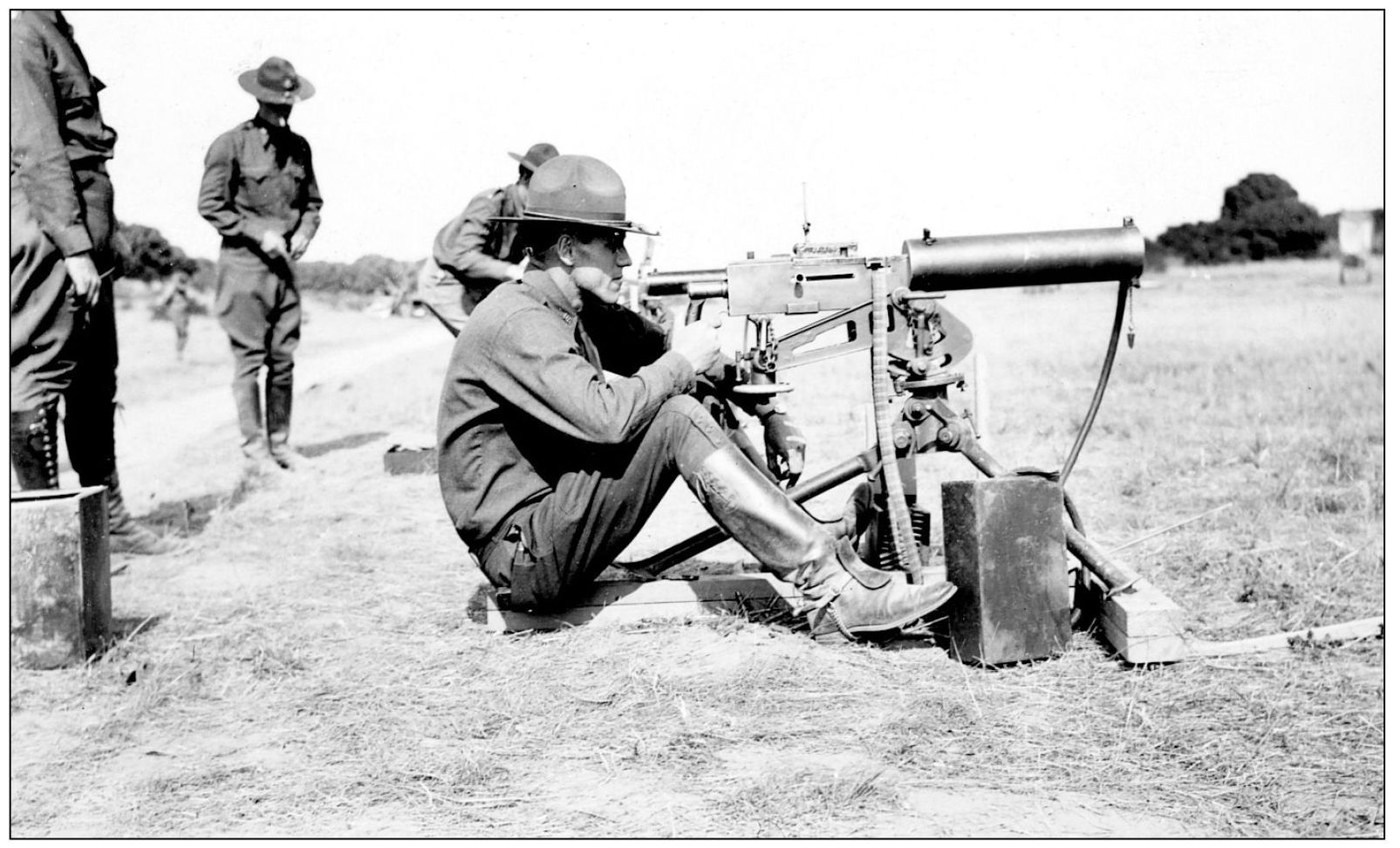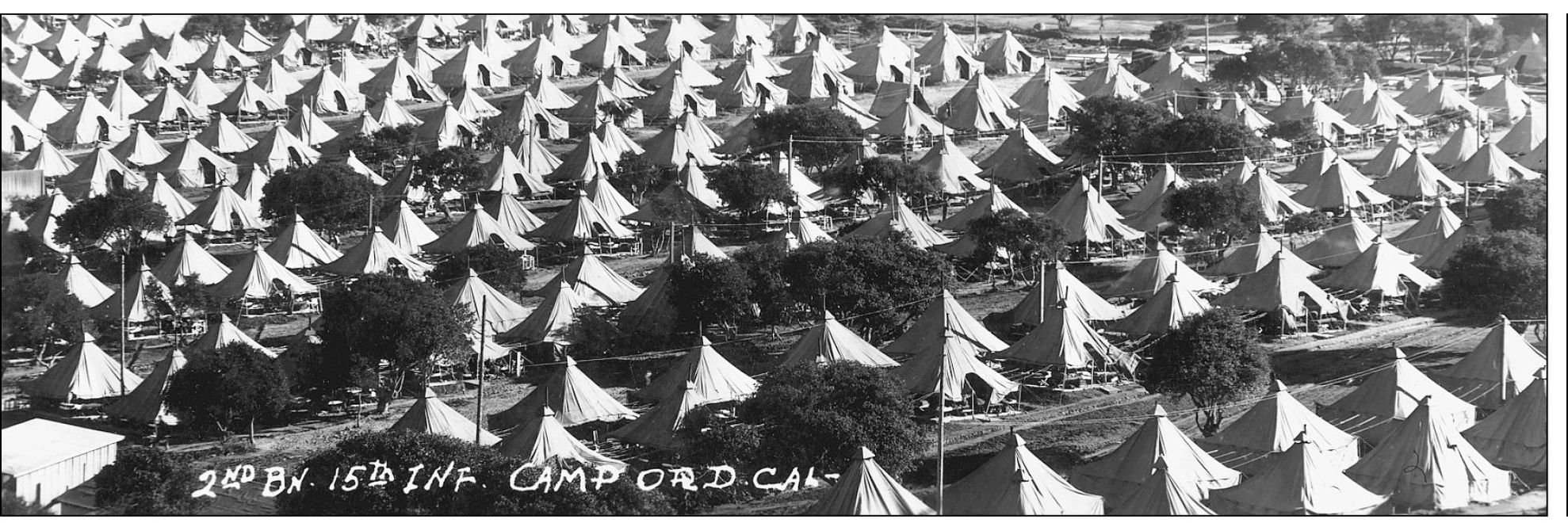One
19171940 FROM CAMP GIGLING TO CAMP ORD
This new U.S. Army recruit smiles broadly as his photograph is taken outside his tent at Camp Ord, California, on August 15, 1940. He is armed with the Model 1903 Springfield service rifle, which was manufactured from 1903 to 1945. It was the primary U.S. combat rifle until replaced by the M1 Garand in 1936, although it continued to be used through World War II.
The War Department initially purchased 15,609.5 acres of land from the David Jacks Corporation on August 4, 1917 to use as training and range areas for units assigned to the Presidio of Monterey. Other units used the area for summer maneuvers. This area, near what is today known as East Garrison, was originally called the Gigling Reservation, or Camp Gigling, after the German family that originally homesteaded the area. From 1917 until 1938, the area contained only a well, a caretakers house, and a few bivouac sites. East Garrison and the Gigling railroad spur on California State Highway 1 were originally connected by a rough dirt road. This directional sign to Camp Gigling is spelled inaccurately.
To the amazement of onlooking soldiers, an Army blimp flies over the Parker Flats area of the Gigling Reservation during training in 1932.
In 1933, Camp Gigling was renamed Camp Ord, after Maj. Gen. E.O.C. Ord , a prominent Civil War commander. A Civilian Conservation Corps (CCC) camp was established at Camp Ord, as noted on this entrance sign and archway to Camp Ord in a photo taken on July 9, 1937.
These soldiers are shown around their .37 mm pack howitzer at Camp Ord in 1938.
Prior to World War II, many cavalry and field artillery units depended upon horses for their means of transportation and to tow their artillery. In this c . 1938 photograph are a number of the horses of the 11th Cavalry Regiment, then stationed at the Presidio of Monterey, while training at Camp Ord.
Beware of Army dog! Many Army units, notably cavalry and artillery units with horses, and especially in the field, had animal mascots in the years prior to World War II. In this 1940 Camp Ord photograph, a canine mascot of the 10th Field Artillery, 3rd Infantry Division, poses behind a unit Browning M2 .50 caliber machine gun. The M2 version of this machine gun, here mounted on an M3 tripod, has a maximum effective range of 2,000 meters.
Soldiers of the 361st Infantry Regiment, Organized Reserve Corps, conduct rifle marksmanship training during their annual summer training period at Camp Ord, July 17, 1937.
Members of the 361st Infantry Regiment conduct live-fire training on the .81 mm mortar, July 17, 1937, at Camp Ord. These mortars used their curved-projectory fire to kill enemy soldiers in the open or in light defensive positions.
2nd Lt. (later Col., U.S. Air Force) Clarence N. Bowen, 361st Infantry Regiment, fires the Browning M1917A1 .30 caliber water-cooled machine gun on a range at Camp Ord on July 17, 1937. This was the standard machine gun of U.S. forces in World War I and was used extensively in World War II.
This photograph shows the bell tent bivouac site of the 2nd Battalion, 15th Infantry, at Camp Ord in 1940.


